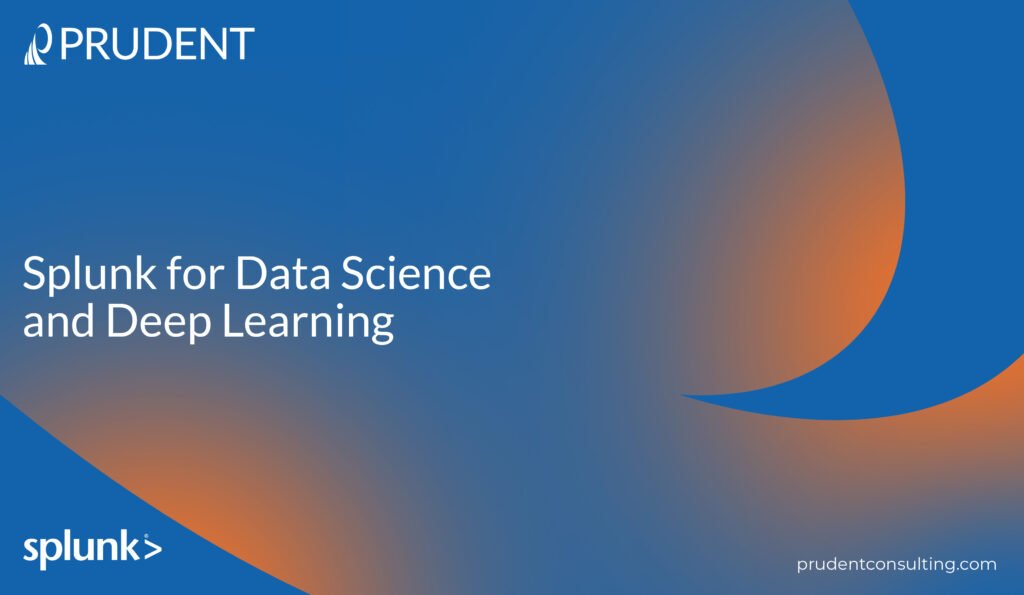Splunk is a powerful data platform that can be used for various purposes, including data science and deep learning. Splunk provides a unified platform for collecting, analyzing, and visualizing data from all sources. This makes it a valuable tool for data scientists and deep learning practitioners.
What is Splunk?
Splunk is a data platform that collects, indexes, and searches machine data. Machine data is any machine-generated data, such as logs, metrics, and events. Splunk can collect machine data from various sources, including servers, applications, and networks.
Once machine data is collected, Splunk indexes it and makes it searchable. This makes it possible to analyze machine data to identify patterns, trends, and anomalies. Splunk also provides a variety of visualizations that can be used to make machine data more accessible and understandable.
How Can Splunk Be Used for Data Science and Deep Learning?
Splunk can be used for a wide variety of data science and deep learning tasks, including:
Data preparation: Splunk can collect, clean, and prepare data for machine learning models.
Model training and development: Splunk can be used to train and develop machine learning models.
Model deployment and monitoring: Splunk can deploy and monitor machine learning models.
What are the Benefits of Using Splunk for Data Science and Deep Learning?
There are many benefits to using Splunk for data science and deep learning, including:
Unified platform: Splunk provides a unified platform for collecting, analyzing, and visualizing data. This makes accessing and using data for data science and deep learning tasks easier.
Scalability: Splunk is a scalable platform that can handle large amounts of data. This makes it a good choice for organizations dealing with big data.
Security: Splunk is a secure platform that can protect sensitive data. This makes it a good choice for organizations dealing with sensitive information.
How to Get Started with Splunk for Data Science and Deep Learning
If you are interested in using Splunk for data science and deep learning, there are a few things you can do to get started:
Learn about Splunk: There are a variety of resources available online and in person that can help you learn about Splunk.
Install Splunk: Splunk offers a variety of free and paid versions of its software. You can download and install Splunk for free to get started.
Start experimenting: Once you have installed Splunk, you can start experimenting with it to see how it can be used for data science and deep learning tasks.
Examples of How Splunk is Being Used for Data Science and Deep Learning
Many organizations are using Splunk for data science and deep learning. Here are a few examples:
Uber: Uber uses Splunk to monitor its data infrastructure and to identify and resolve problems quickly and easily.
Netflix: Netflix uses Splunk to analyze its user data to improve its recommendation engine.
PayPal: PayPal uses Splunk to detect fraud and prevent financial losses.
Conclusion
Splunk is a powerful data platform that can be used for various data science and deep learning tasks. Splunk provides a unified platform for collecting, analyzing, and visualizing data. This makes it a valuable tool for data scientists and deep learning practitioners. Prudent Consulting Splunk Consulting Services can provide expert guidance and support for those seeking assistance with Splunk implementation and utilization.
Prudent Consulting is an experienced Splunk partner that can help you design, deploy, and manage your Splunk data science and deep learning projects. They can also help you train your team on how to use Splunk effectively for these purposes. Contact Prudent Consulting today to learn more about their Splunk Consulting Services.

